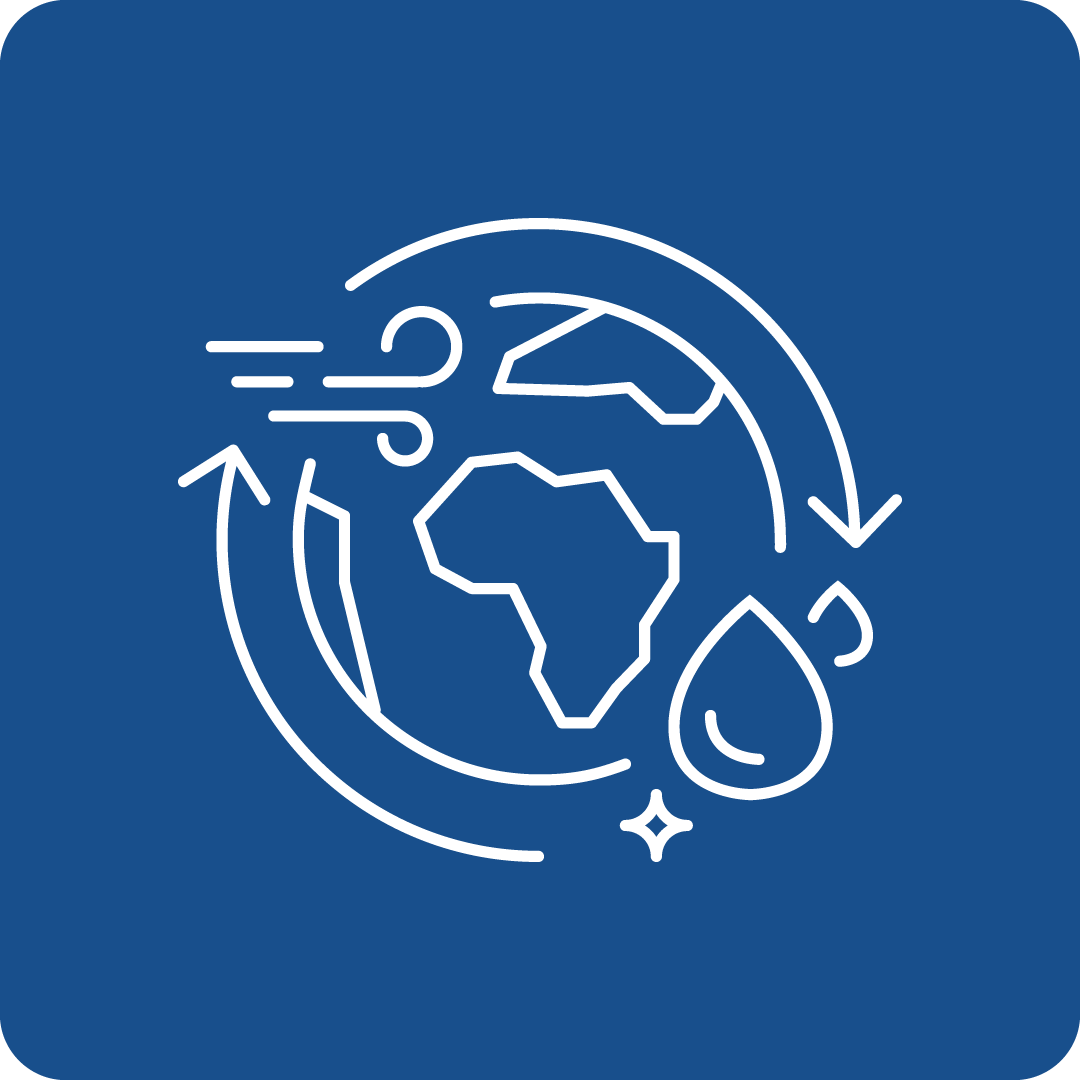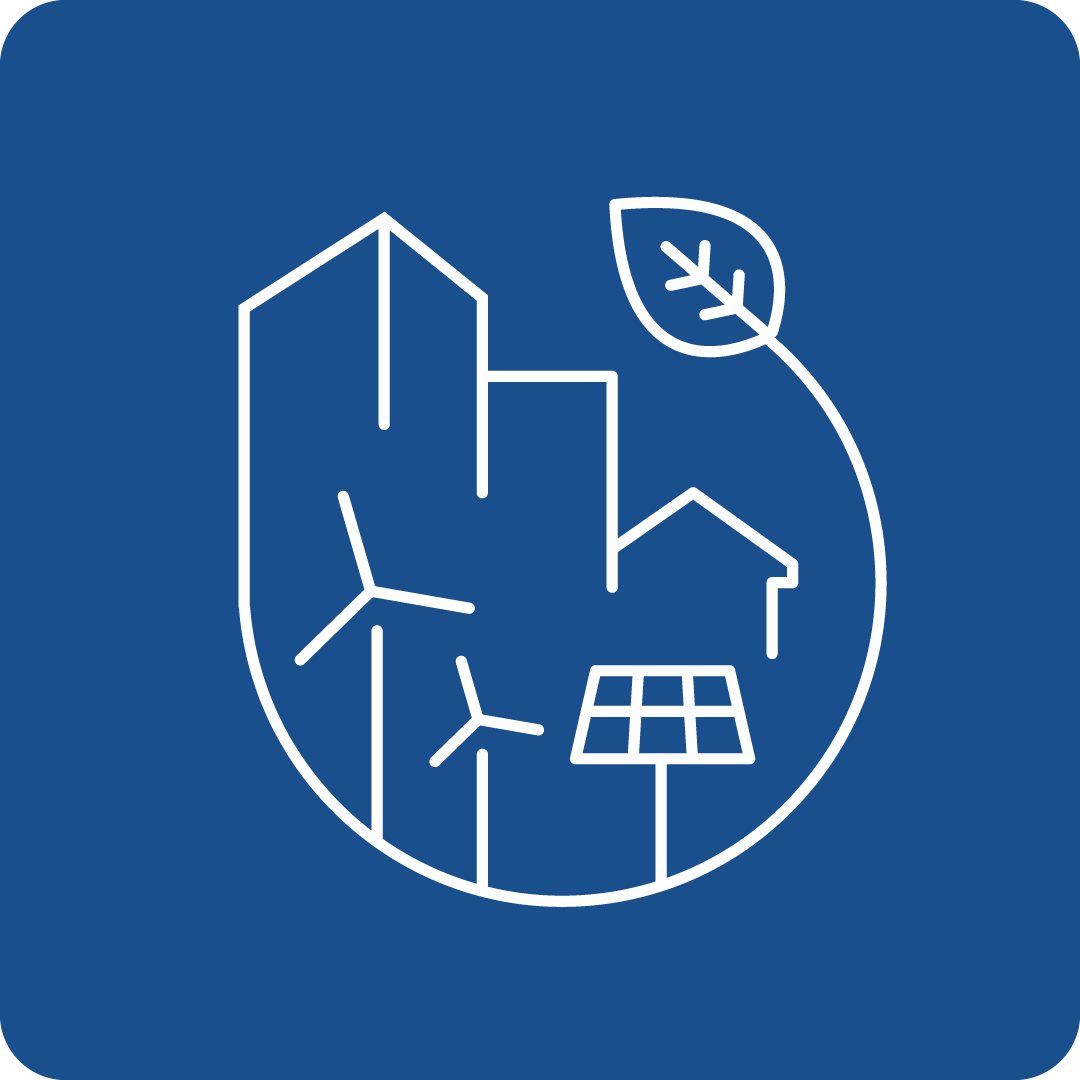Filter Search for grants
Call Navigation
Deadline expired
The deadline for this call has expired.
Call key data
Development of technical and business solutions to optimise the circularity, resilience, and sustainability of the European battery value chain (Batt4EU Partnership)
Funding Program
Horizon Europe: Cluster 5 - Climate, Energy and Mobility
Call number
HORIZON-CL5-2024-D2-01-03
deadlines
Opening
07.12.2023
Deadline
18.04.2024 17:00
Funding rate
100%
Call budget
€ 5,000,000.00
Estimated EU contribution per project
€ 5,000,000.00
Link to the call
Link to the submission
Call content
short description
Projects should help reducing strategic dependencies for critical raw materials by promoting a circular approach to manufacturing and resource efficiency to advanced batteries and associated value chains.
Call objectives
Proposals should cover at least two of three scope categories (business models, cross-industry tools, sustainable design) and at least three bullet points in total:
- Business models
- Definition of assessment approaches for sustainable business models, including value proposition, value creation and delivery and value capture including environmental, social and economic dimensions. This activity will include analysis of best practice examples for sustainable business models.
- Development of sustainable business methods for technical, economic, and environmental evaluation of cycle life options: retrofit, second life, and recycling.
- Development of new business models and social innovations that promote the sustainable mobilisation of resources.
- Development of business methods to address outstanding issues, such as on-liability, across applications.
- Cross-industry tools
- Quantitative methodologies and tools that enable understanding whether recycling or second life is the preferred sustainable option, and at which level (pack, cell, electrode, material) recycling should be deployed.
- Optimisation of design and operation using LCA. Using high-quality data, exploring trade-offs between i) impacts at fabrication stage, ii) design for durability, iii) energy usage, iv) other functional aspects such as optimal sizing, hybridisation, electronic management, thermal management.
- Development of a central data information system and database (users of resources can see who offers which type and amount of battery system) and prototype Europe-wide information system for accident vehicles and their available battery systems for re-use.
- Sustainable design
- Innovations in battery design and architecture at all levels (system, pack, cell) supporting dismantling and recycling at the end of life. These could include the choice of materials and assembly methods and should not compromise the performance.
- Design of innovative sourced materials for improving sustainability in batteries by sustainable processes that avoid toxic/dangerous solvents and require controlled environments.
- Research and design of batteries from recycled materials and fully recyclable.
Cooperation with complementary projects launched specifically in the Cluster 5 work program and specifically, in the Destination “A competitive and sustainable European battery value chain” is required. Examples of collaborative activities includes information sharing, promotion of results at thematic transnational events, conferences and open webinars.
Plans for the exploitation and dissemination of results for proposals submitted under this topic should include a strong business case and sound exploitation strategy, as outlined in the introduction to this Destination. The exploitation plans should include preliminary plans for scalability, commercialisation, and deployment (feasibility study, business plan).
Projects may collaborate and/or contribute to the activities of the Coordination and Support Action defined under the topic HORIZON-CL5-2022-D2-01-08.
Proposals could consider the involvement of the European Commission's Joint Research Centre (JRC) whose contribution could consists of providing added value regarding various aspects of battery sustainability.
This topic implements the co-programmed European Partnership on Batteries (Batt4EU). As such, projects resulting from this topic will be expected to report on the results to the European Partnership on Batteries (Batt4EU) in support of the monitoring of its KPIs.
read more
Expected results
Project results are expected contribute to all the following outcomes:
- A European economic base which is stronger, more resilient, competitive and fit for the green and digital transitions, by reducing strategic dependencies for critical raw materials by promoting a circular approach to manufacturing and resource efficiency.
- Advancing circular and sustainable design and business practices relating to advanced batteries and associated value chains.
- Improving the life cycle sustainability performance of batteries produced in the EU, both in terms of reducing environmental impacts and maximising socio-economic benefits, including increased closed-loop practices.
- Enhancing European strategic independence in terms of battery raw materials, the competitiveness of European industry, and maximising socio-economic benefits at the EU level and beyond.
- Supporting the achievement of established EU recycling efficiency targets for 2030 and beyond.
Contribution to the following outcomes is optional, depending on the scope of the project:
- Enabling tools and best practice for multiple industry sectors in order to improve the European industrial ambitions and global leadership beyond batteries.
- Improving batteries and their materials/components circularity through the promotion of more material efficient designs by enabling longer material/component lifetimes, improving added-value remanufacturing, refurbishing (including exchangeable battery systems), repairing and recycling and ultimately decreasing the cost of using secondary materials/components in batteries.
read more
Eligibility Criteria
Regions / countries for funding
Moldova (Moldova), Albania (Shqipëria), Armenia (Հայաստան), Azerbaijan (Azərbaycan), Belarus (Беларусь), Bosnia and Herzegovina (Bosna i Hercegovina / Босна и Херцеговина), Faeroes (Føroyar / Færøerne), Georgia (საქართველო), Iceland (Ísland), Israel (ישראל / إِسْرَائِيل), Kosovo (Kosova/Kosovë / Косово), Montenegro (Црна Гора), Morocco (المغرب), North Macedonia (Северна Македонија), Norway (Norge), Serbia (Srbija/Сpбија), Tunisia (تونس /Tūnis), Türkiye, Ukraine (Україна), United Kingdom
eligible entities
Education and training institution, International organization, Non-Profit Organisation (NPO) / Non-Governmental Organisation (NGO), Other, Private institution, incl. private company (private for profit), Public Body (national, regional and local; incl. EGTCs), Research Institution incl. University, Small and medium-sized enterprise (SME)
Mandatory partnership
Yes
Project Partnership
To be eligible for funding, applicants must be established in one of the following countries:
- the Member States of the European Union, including their outermost regions
- the Overseas Countries and Territories (OCTs) linked to the Member States
- third countries associated to Horizon Europe - see list of particpating countries
Only legal entities forming a consortium are eligible to participate in actions provided that the consortium includes, as beneficiaries, three legal entities independent from each other and each established in a different country as follows:
- at least one independent legal entity established in a Member State; and
- at least two other independent legal entities, each established in different Member States or Associated Countries.
Any legal entity, regardless of its place of establishment, including legal entities from non-associated third countries or international organisations (including international European research organisations) is eligible to participate (whether it is eligible for funding or not), provided that the conditions laid down in the Horizon Europe Regulation have been met, along with any other conditions laid down in the specific call topic.
A ‘legal entity’ means any natural or legal person created and recognised as such under national law, EU law or international law, which has legal personality and which may, acting in its own name, exercise rights and be subject to obligations, or an entity without legal personality.
Specific cases:
- Affiliated entities — Affiliated entities (i.e. entities with a legal or capital link to a beneficiary which participate in the action with similar rights and obligations to the beneficiaries, but which do not sign the grant agreement and therefore do not become beneficiaries themselves) are allowed, if they are eligible for participation and funding.
- Associated partners — Associated partners (i.e. entities which participate in the action without signing the grant agreement, and without the right to charge costs or claim contributions) are allowed, subject to any conditions regarding associated partners set out in the specific call conditions.
- Entities without legal personality — Entities which do not have legal personality under their national law may exceptionally participate, provided that their representatives have the capacity to undertake legal obligations on their behalf, and offer guarantees to protect the EU’s financial interests equivalent to those offered by legal persons.
- EU bodies — Legal entities created under EU law including decentralised agencies may be part of the consortium, unless provided for otherwise in their basic act.
- Joint Research Centre (‘JRC’)— Where provided for in the specific call conditions, applicants may include in their proposals the possible contribution of the JRC but the JRC will not participate in the preparation and submission of the proposal. Applicants will indicate the contribution that the JRC could bring to the project based on the scope of the topic text. After the evaluation process, the JRC and the consortium selected for funding may come to an agreement on the specific terms of the participation of the JRC. If an agreement is found, the JRC may accede to the grant agreement as beneficiary requesting zero funding or participate as an associated partner, and would accede to the consortium as a member.
- Associations and interest groupings — Entities composed of members (e.g. European research infrastructure consortia (ERICs)) may participate as ‘sole beneficiaries’ or ‘beneficiaries without legal personality’. However, if the action is in practice implemented by the individual members, those members should also participate (either as beneficiaries or as affiliated entities, otherwise their costs will NOT be eligible.
other eligibility criteria
Activities are expected to achieve TRL 5 by the end of the project.
If projects use satellite-based earth observation, positioning, navigation and/or related timing data and services, beneficiaries must make use of Copernicus and/or Galileo/EGNOS (other data and services may additionally be used).
Additional information
Topics
Relevance for EU Macro-Region
EUSAIR - EU Strategy for the Adriatic and Ionian Region, EUSALP - EU Strategy for the Alpine Space, EUSBSR - EU Strategy for the Baltic Sea Region, EUSDR - EU Strategy for the Danube Region
UN Sustainable Development Goals (UN-SDGs)
![]()
![]()
Additional Information
All proposals must be submitted electronically via the Funders & Tenders Portal electronic submission system (accessible via the topic page in the Search Funding & Tenders section). Paper submissions are NOT possible.
Proposals must be complete and contain all parts and mandatory annexes and supporting documents, e.g. plan for the exploitation and dissemination of the results including communication activities, etc.
The application form will have two parts:
- Part A (to be filled in directly online) contains administrative information about the applicant organisations (future coordinator and beneficiaries and affiliated entities), the summarised budget for the proposal and call-specific questions;
- Part B (to be downloaded from the Portal submission system, completed and then assembled and re-uploaded as a PDF in the system) contains the technical description of the project.
Annexes and supporting documents will be directly available in the submission system and must be uploaded as PDF files (or other formats allowed by the system).
The limit for a full application (Part B) is 45 pages.
Contact
To see more information about this call, you can register for free here
or log in with an existing account.
Log in
Register now

